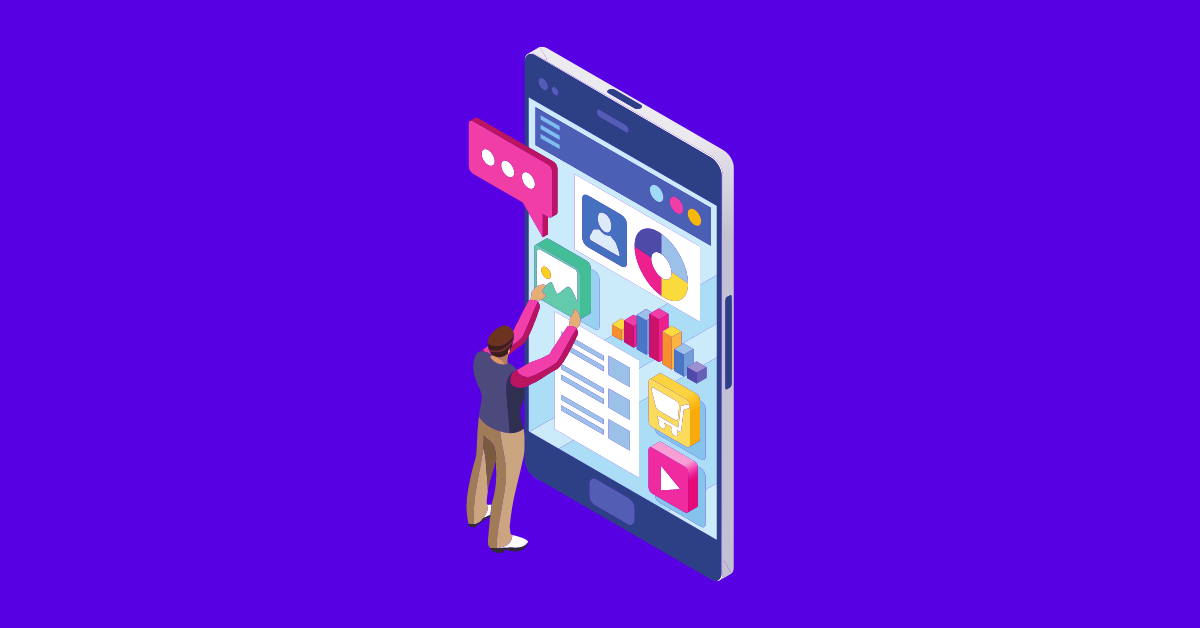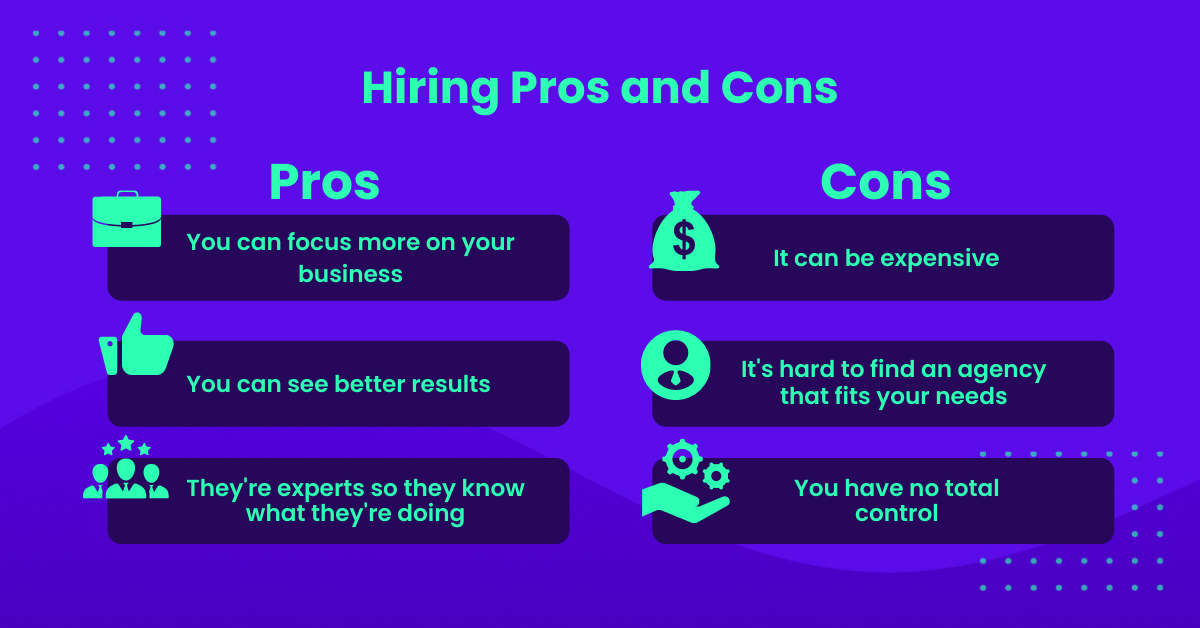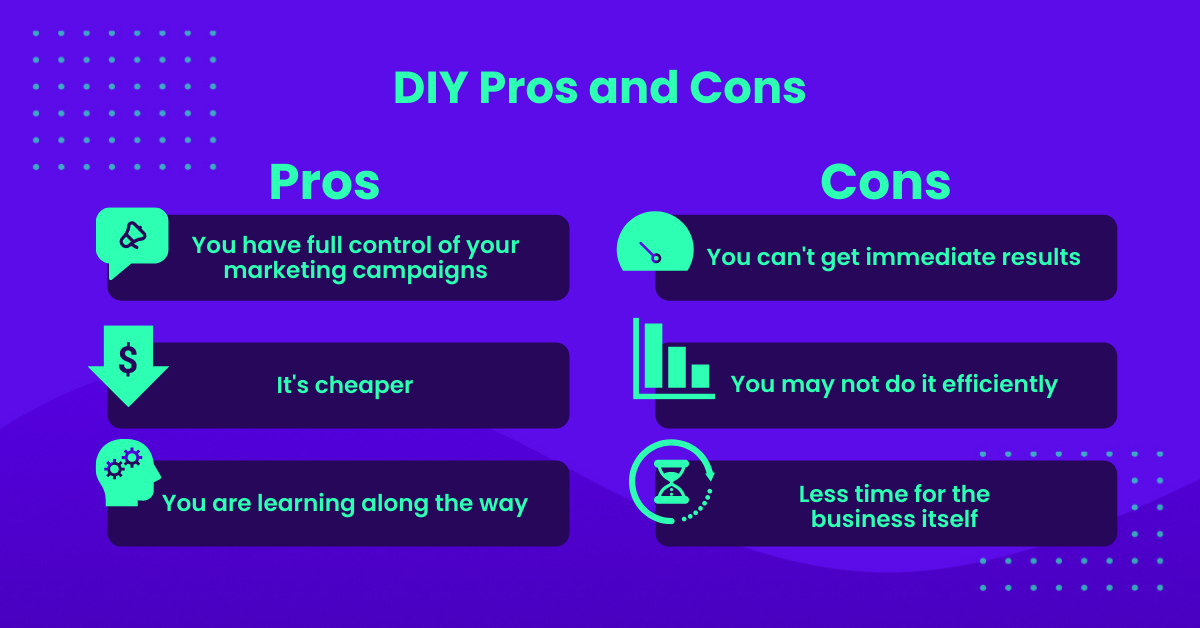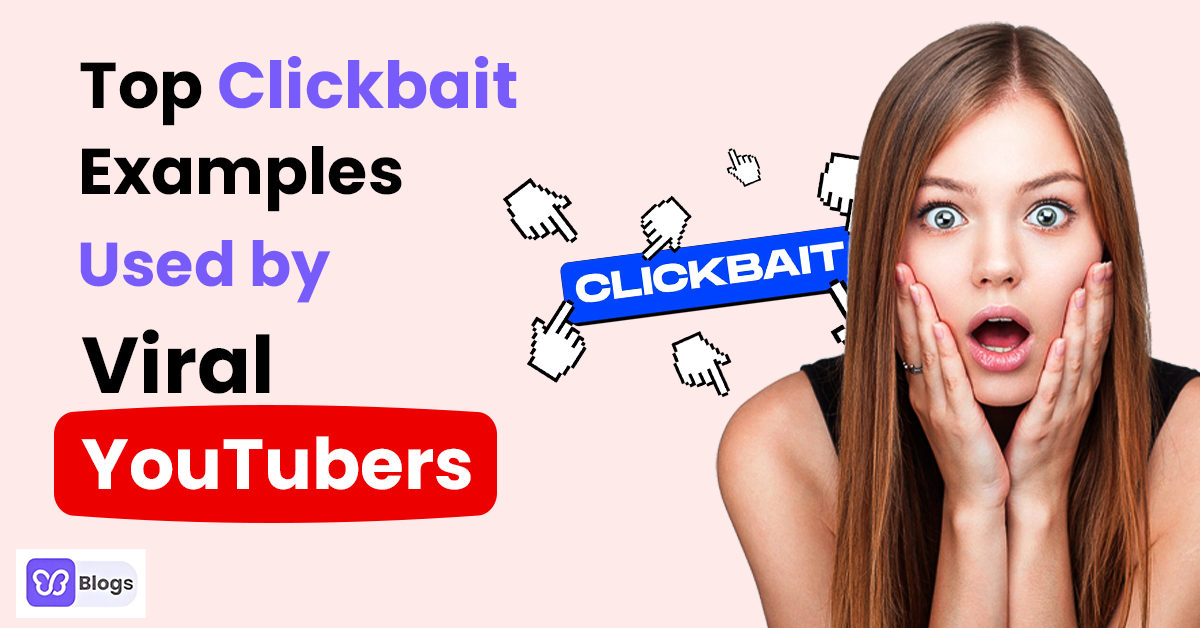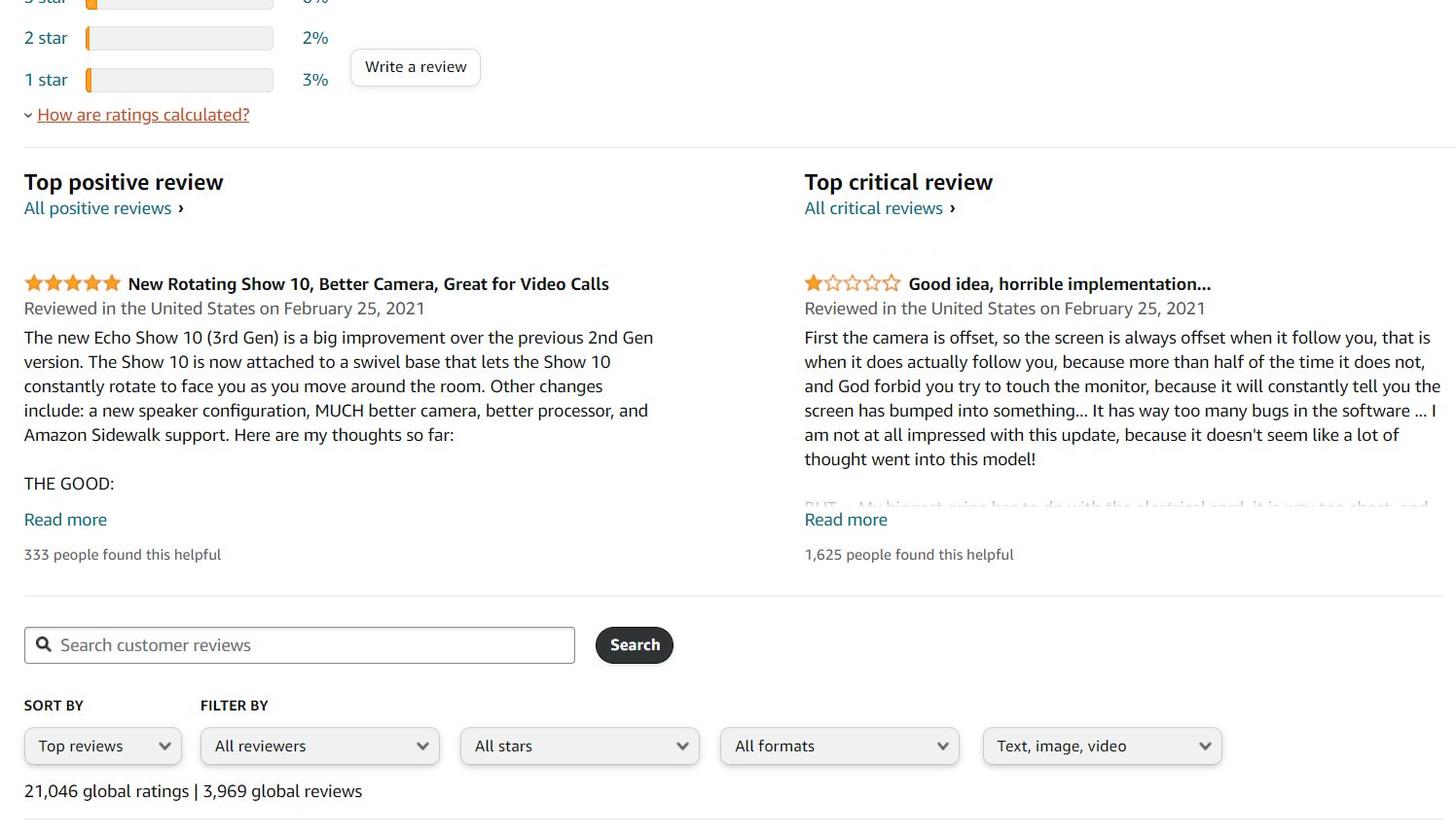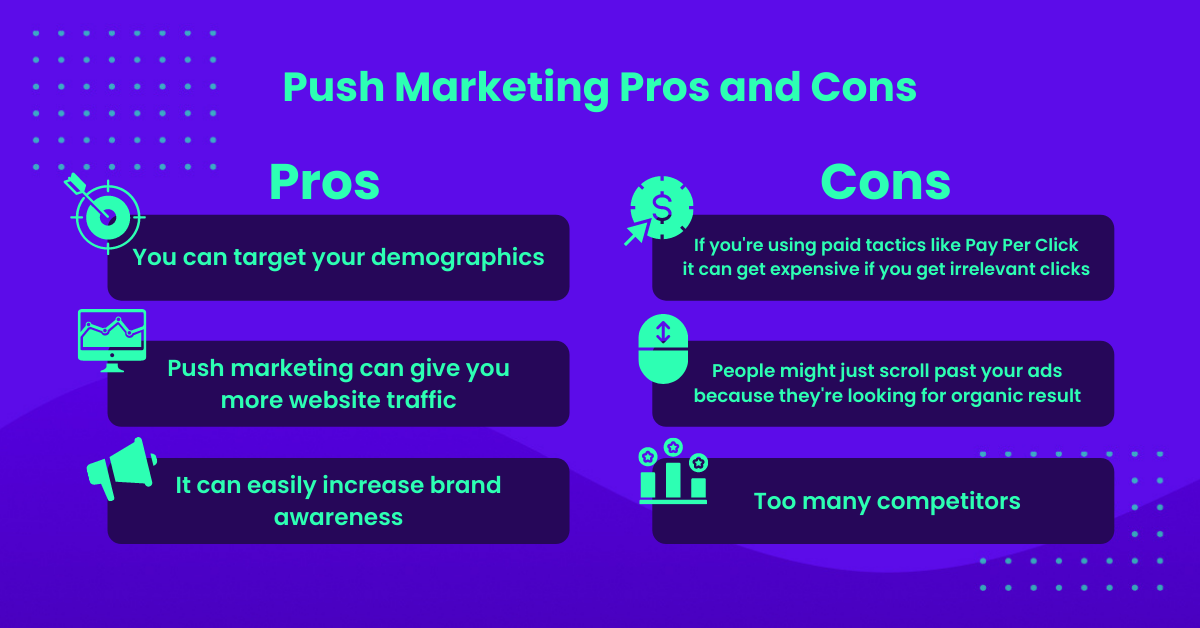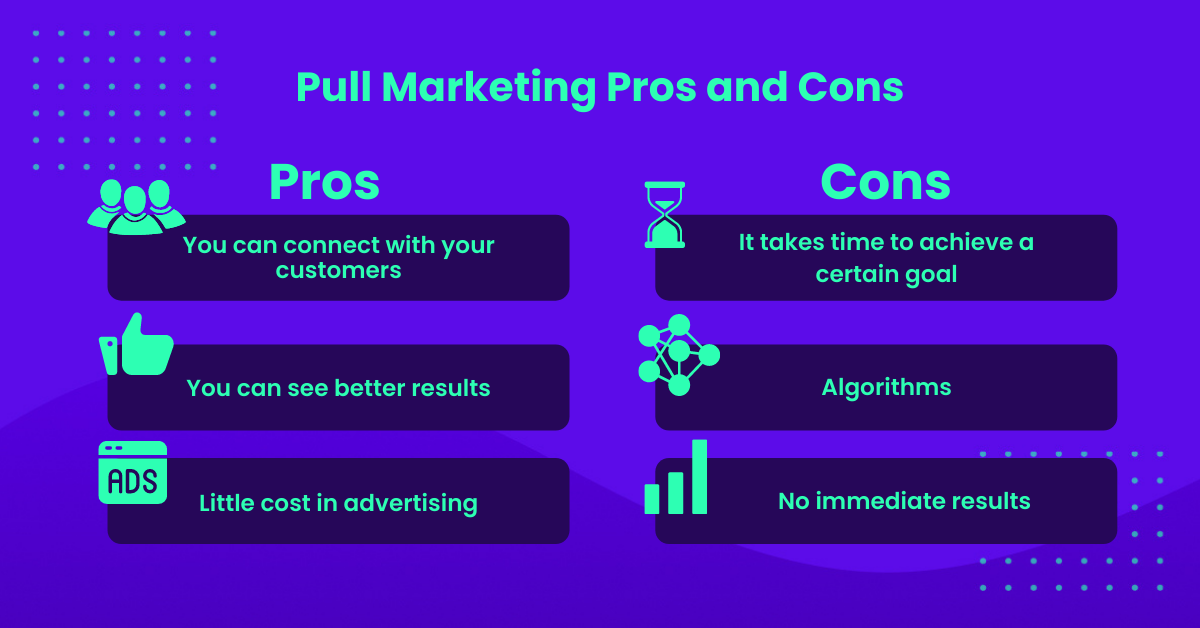There are various ways to analyze and check what your competitors are doing:
1. Market Sophistication
If I ask you what your customers know about your products and the nature of business, can you answer me?
If not, then let me get this straight...
Your target customers are constantly changing their behaviors. They learn more about different brands and industries every time new information is presented to them.
And if you don't know the market's level of sophistication, you are letting your competitors win.
Oops, that doesn't sound nice to me!
But what is market sophistication?
It's from Eugene Schwartz's "Breakthrough Advertising." And the market sophistication measures the maturity of your market. This can be based on all the products, ads, and content they've encountered before yours.
So why do you need to know the sophistication level of your market?
- If you understand your market sophistication, you can get ahead of your competitors!
- You know how to talk to them based on their level of sophistication.
- You can analyze why certain strategies work and not.
Now, let me teach you the 5 levels of market sophistication!
"Is anybody here??"
There's nobody here.
Why? Because you are the first one to enter the market. You have no competition yet.
For example, if you claim, "This pill can make you lose weight," no one will question you.
And because of that, you are automatically the #1 in the market! So at this stage, your job is to talk about your products and their benefits. You need to introduce your brand to the market.
Yay or Nay? Of course, yay!
But wait... it doesn't stay like that forever!
- Level 2: Competitors are starting to rise!
Okay, so maybe the competition isn't as tough yet... but there are already several competitors entering the market!
There are a handful of other brands claiming to solve the problems as yours, so at this stage, you need to amplify your voice.
An example of this is "This pill can make you lose MORE weight faster."
Remember, your target market has been hearing the same thing over and over again. It's time to level up your game!
- Level 3: The Unique Mechanism
First time hearing about the Unique Mechanism?
Let me ask you this...
What sets you apart from your competitors?
Do you have an answer for that? Because knowing what makes you unique from your competitors makes you stand out.
With all these brands claiming to solve the same problems, you need a competitive edge.
For example, "This pill with L-carnitine can boost your metabolism and lose weight."
The next level is...
- Level 4: The Competitors have Unique Mechanisms too
This is where the battle begins...
Now, every brand in the market has its unique mechanisms, and it's time you make your brand voice louder!
At this point, the target customers are just tired of hearing the same thing...
"You will get rich in 40 days!"
"You will lose weight in 2 hours!"
What else?
What are you going to do now? At this stage, you need to find your most successful unique selling point, and you're going to talk about it repeatedly!
So to make your brand louder, this is an example. "This pill with the Amazonian Jungle fruit extract that produces all-natural l-carnitine can boost your metabolism and lose 10kgs in 7 days without any side-effects."
And the last level is...
- Level 5: Market Recognition
This is it. Your prospects are now aware of your brand as well as your competitors. They're also most likely tired of hearing the same claims.
And here's the catch...
They don't believe in any of those claims anymore.
So what are you going to do at this point?
You can focus on the emotional touchpoints of your prospects.
For example, "The secret pill Victoria's Secret Models use to stay sexy while eating cake."
Your competitors might not stop talking about their products. That is why you need to use a strategy that will make them feel something.
Market sophistication is not the only thing you need to look for in your competitors, though!
Here's another one...
3. Content Strategy
To determine the market sophistication and customer awareness, you can take advantage of the current content they're using.
This is not limited to social media. You can use their sales page, landing page, websites, or even their traditional advertisements.
This is one way to see what's working on their strategies and not. And then you use it for your brand's improvement.
Another is...
4. Competitor Claims
What problems are they claiming to solve?
If you want to get ahead of your competitors, you need a strong brand positioning as well.
This is also a way to find out how your target market connects with your competitors. And what you can do to make them feel the same about your brand.
I know you want to further study your competitor claims, so I'll show you where you can find their current marketing efforts!
Since you want to improve your ecommerce digital marketing strategy, the website is one of the first things you will have to explore.
You're probably wondering... why do you need to analyze their websites? Here are a few reasons why:
- To see their current product campaigns
- To find any opportunities you can take
- To explore their marketing efforts
But wait!
Competitor analysis doesn't mean that you can copy what they're doing! It just means that you have an idea of improving your website based on what you see.
Like what Alibaba's Co-Founder Jack Ma said, "You should learn from your competitor, but never copy. Copy and you die."
So, what's next?
These analyzing tools don't exist for no reason!
You need to take advantage of them.
If you want to go all-out on analyzing your competitors, this is a must.
But why do you need to use these tools?
- To track your competitors' growth in real-time
- To identify possible gaps and fill them in
- To avoid making the same mistakes as them
Do these reasons convince you to invest in paid tools? If not, I have one more solution for you!
- Evaluate Their Presence on Social Media
Just like in analyzing your competitor's website, checking out their social media channels is a must too!
Here are the questions you need to answer when checking their profiles:
- How do they present their products?
- How do they write their captions?
- What are the types of content they push out?
- How often do they post?
- How much engagement are they receiving per post?
- Which content category gets the most number of engagements?
Again, the purpose of competitor analysis is to incorporate some of their strategies into your marketing efforts, not to copy their content.
After analyzing your competitors, it's time to...





